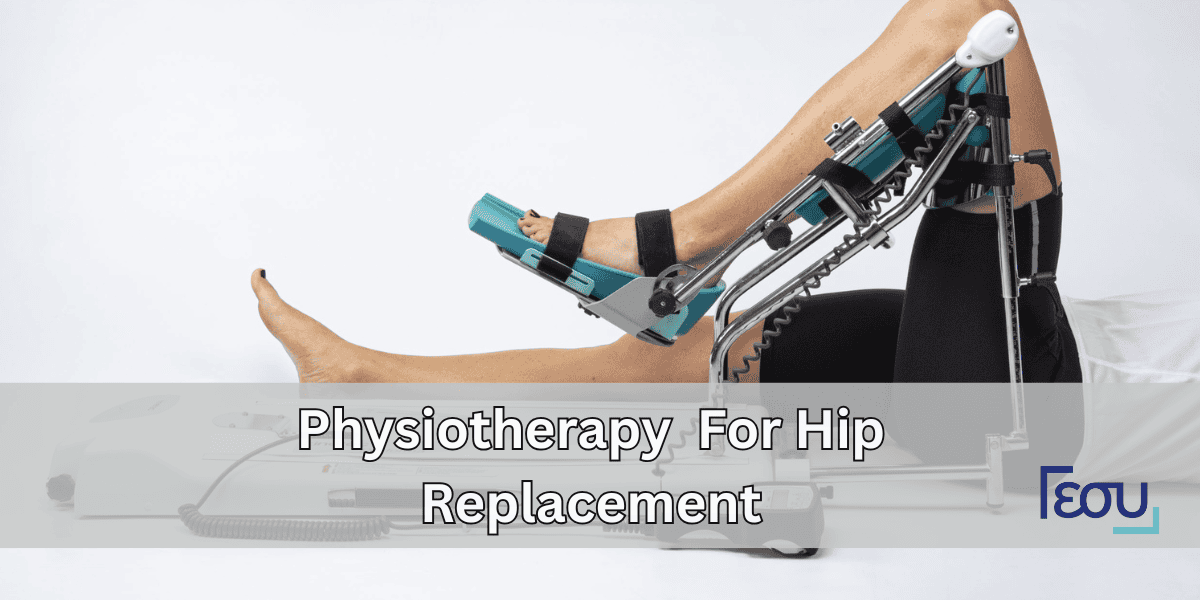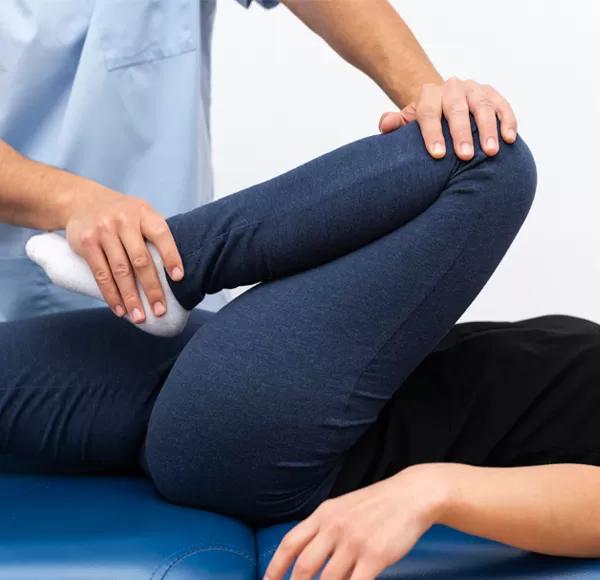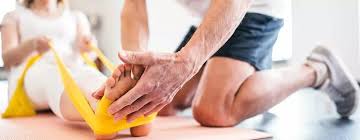

Total hip replacements and hip fracture repairs are life-changing surgeries that restore mobility and significantly reduce pain. However, surgery is only the first step toward full recovery. Physiotherapy plays a vital role in helping patients rebuild strength, improve movement, and regain independence.
In this article, we explore how physiotherapy supports recovery after hip surgery, outlining key rehab stages, proven therapy methods, and timelines for a safe and successful return to everyday life.
After hip surgery patients commonly face three major complications which include muscle weakness alongside reduced range of motion with resulting stiffness. These health issues will continue or cause more complications when patients lack organized physiotherapy treatment. Physiotherapy aims to:
Early participation in physiotherapy is crucial after hip surgery. Patients should begin simple, safe exercises as soon as medically allowed—often within the first 24 to 48 hours post-operation.
Recommended early exercises include:
Ankle pumps to stimulate blood flow and reduce the risk of clots
Glute squeezes to maintain muscle engagement and prevent atrophy
Deep breathing exercises to promote circulation and lung health
Additionally, patients must learn proper techniques for moving between rooms using a walker or crutches, ensuring both safety and confidence during early mobility.

Supervised stretching improves step distance gradually.
Begin with seated and standing exercises, including:
Leg lifts
Hip abduction movements
Monitor pain and swelling regularly.
Follow movement restrictions, such as:
Keeping legs apart
Avoiding bending past 90 degrees (if prescribed)
Provide education on home safety and use of adaptive equipment (e.g., grab bars, raised toilet seats).

Progress from cane-supported walking to independent walking
Transition occurs only when medically approved
Focus on proper gait technique and balance control during this phase
Focus on building strength and endurance
Include functional training, such as:
Climbing stairs
Standing up from low surfaces
Resume light recreational activities, including:
Swimming
Light cycling
Provide long-term prevention strategies and lifestyle recommendations to maintain recovery progress
Manual Therapy
Therapists utilize manual techniques to loosen tight muscle tissue, improve flexibility, and reduce pain sensations. These techniques often include soft tissue mobilization, gentle stretching, and myofascial release.
Builds strength and restores mobility
Personalized programs may include:
Isometric and isotonic strengthening
Range-of-motion drills
Balance and proprioception training
Functional task practice:
Stepping over curbs
Tying shoes
Aquatic therapy enables patients to perform gentle movements that naturally resist their efforts. The treatment method works excellent for individuals who struggle with joint discomfort or weak tolerance to weight bearing.
A fundamental rehabilitation objective focuses on teaching patients to relearn safe walking methods. Physiotherapists work on:
Clinicians provide home exercise programs to patients which facilitate their ongoing daily improvement between clinical appointments. These may include:
A: Patients start physical walking activity with support after 24 hours of surgery.
A: Patients can normally sleep on their non-operative side using a pillow to support their legs unless their surgeon specifies otherwise.
A: You can drive again between 4 to 6 weeks after surgery provided you demonstrate safe car entry and exit ability and no longer take potent pain medication.
A: Yes, physiotherapy is essential even after minimally invasive hip surgery. Rehabilitation helps rebuild strength, maintain joint stability, and teach proper movement patterns, regardless of the surgical approach used.
Professional guidance, patient commitment, and adequate recovery time are all key to a successful outcome. Physiotherapy not only supports healing and restores independence, but also prevents complications and builds confidence in movement.
Patients who follow a structured rehab program are more likely to return to an active lifestyle, reduce pain, and achieve a full recovery.